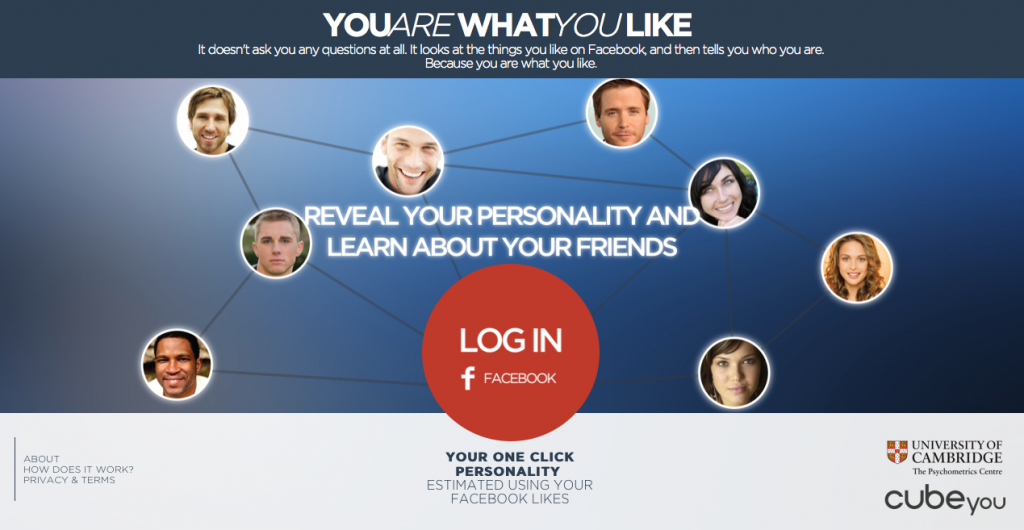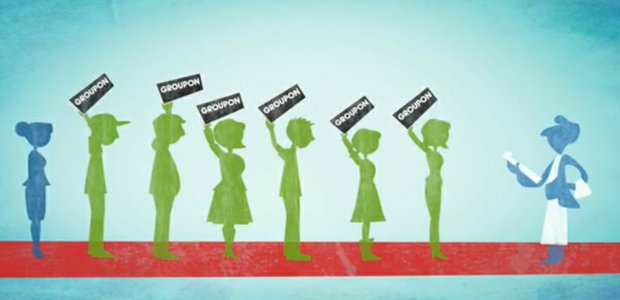
The decision to focus on Coca-Cola for a series of marketing projects, although exciting at first, and not a regrettable choice, did come with its fair share of difficulties. The majority of them originated from the fact that the brand is so established and successful. In the first and second assignments, the task of analyzing the brand’s successes and not-so-successes (it wouldn’t be accurate to call them failures, after all), came as a surprise when our group – despite our extensive research – could not present cases of weakness or fault as strong as the cases we found of strength and success. We had chosen the brand out of interest, but also under the assumption that as a company with such a broad history, there would be more material to work with and expand upon. True in part, but as we quickly found out, this also meant that the company had, over time, gained the experience and ability to basically perfect their marketing strategies.
However, through hard work and determination, our team was able to select a target segment of the market (for the third assignment) to focus on, aided by the consideration of Coca-Cola products in our own day-to-day lives. This segment of Canadian students in their undergraduate degrees, according to our analysis, is an important section within the brand’s target market that should have more resources geared toward promoting to, because the benefits offered by the company’s signature product, Coke, is directly aligned with many of these consumers’ tastes and consumption preferences (flavour, flexibility in use, caffeine-content, etc).
Being able to analyze the vast information offered by the internet, scholarly articles, and company reports, and choose an effective segment, not only taught me about the ways large companies work and how they might miss smaller, more specific, but nevertheless important consumers (due to generalizations or an inability to stay grounded like a smaller company might); I learned more about the importance of persistence and improved my ability to analyze and be a critical thinker. Although choosing a smaller, newer, or less successful company to analyze may have proved for a slightly easier project, it tested my work ethic and I learned about the difficulties and accomplishments professionals in marketing, especially that of market research, might face on a regular basis.







